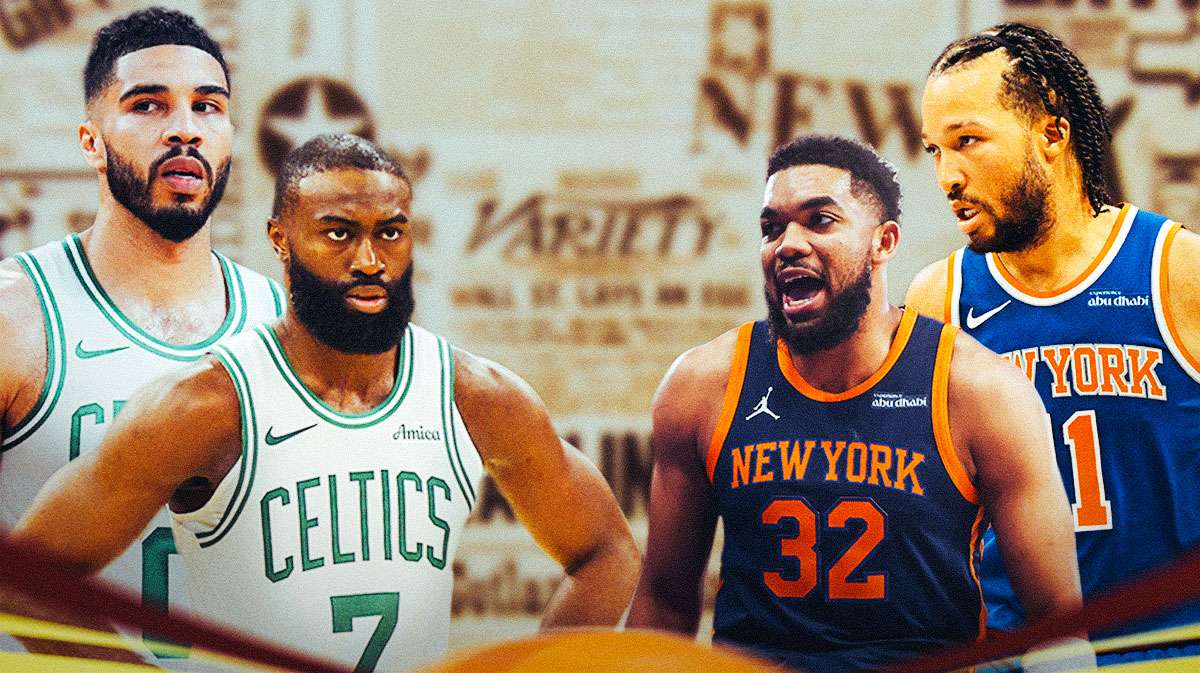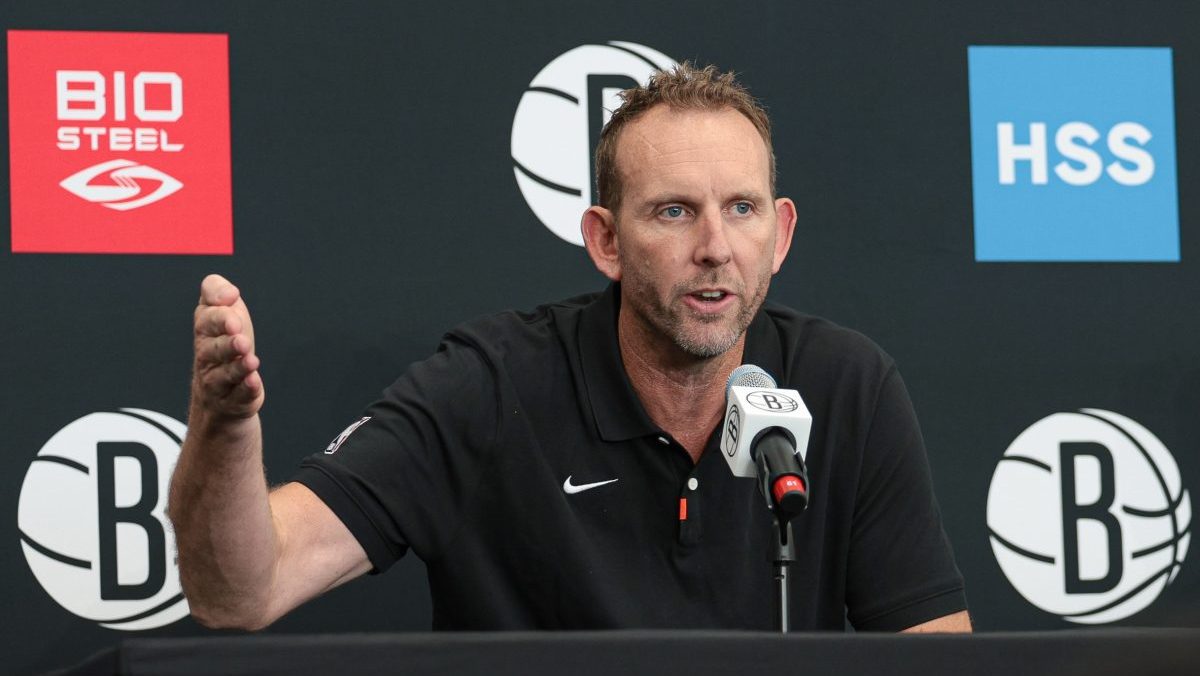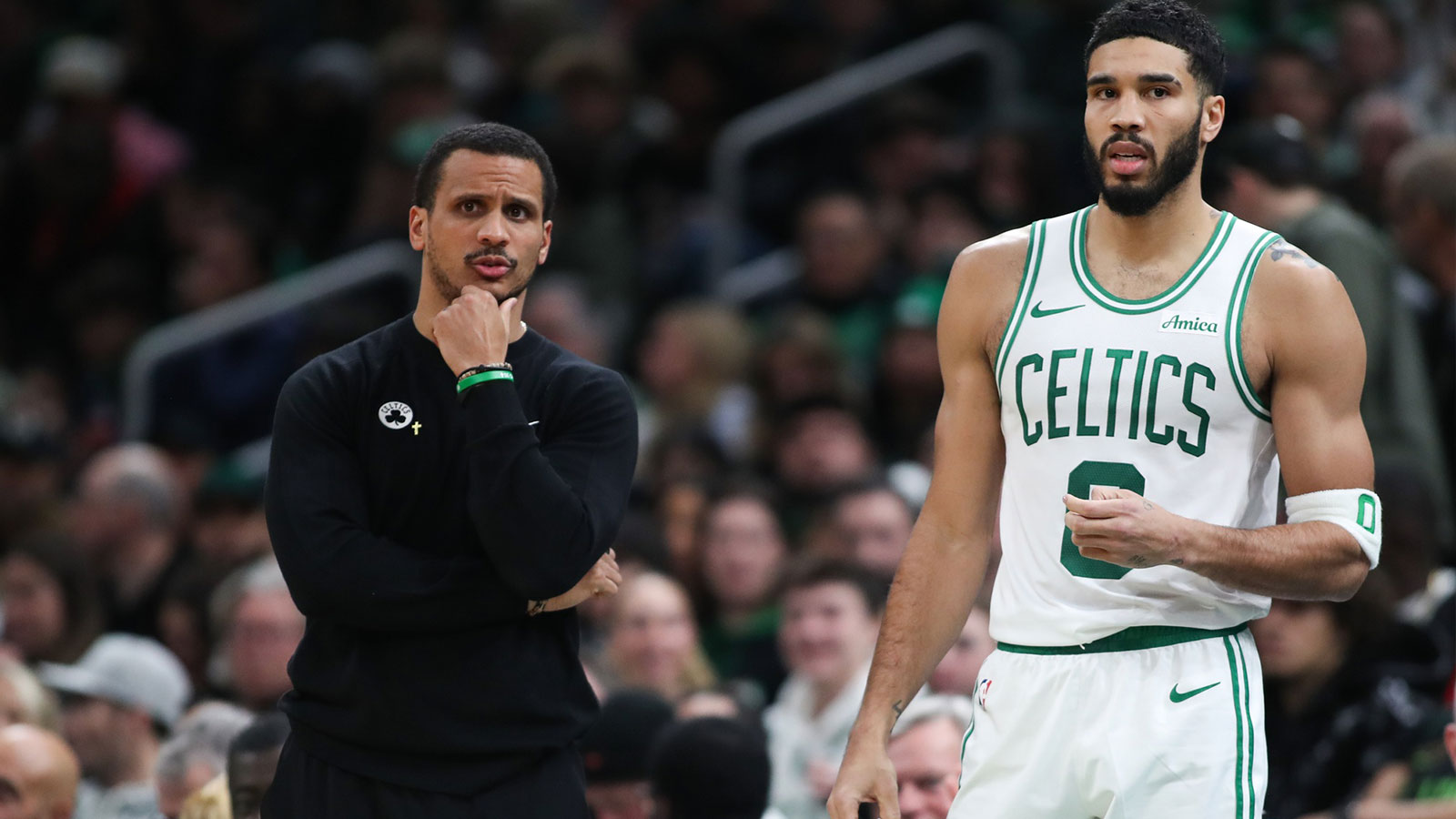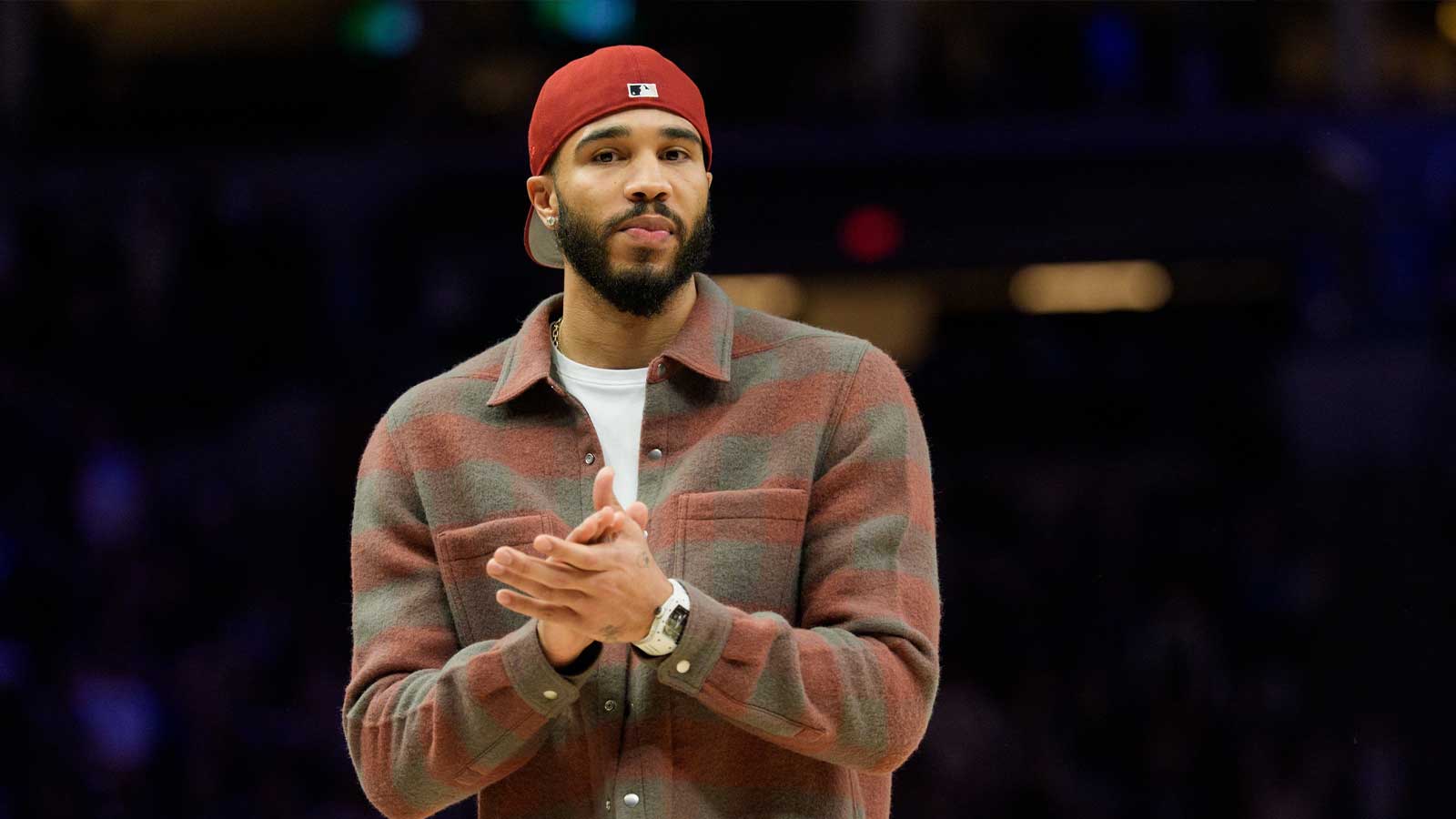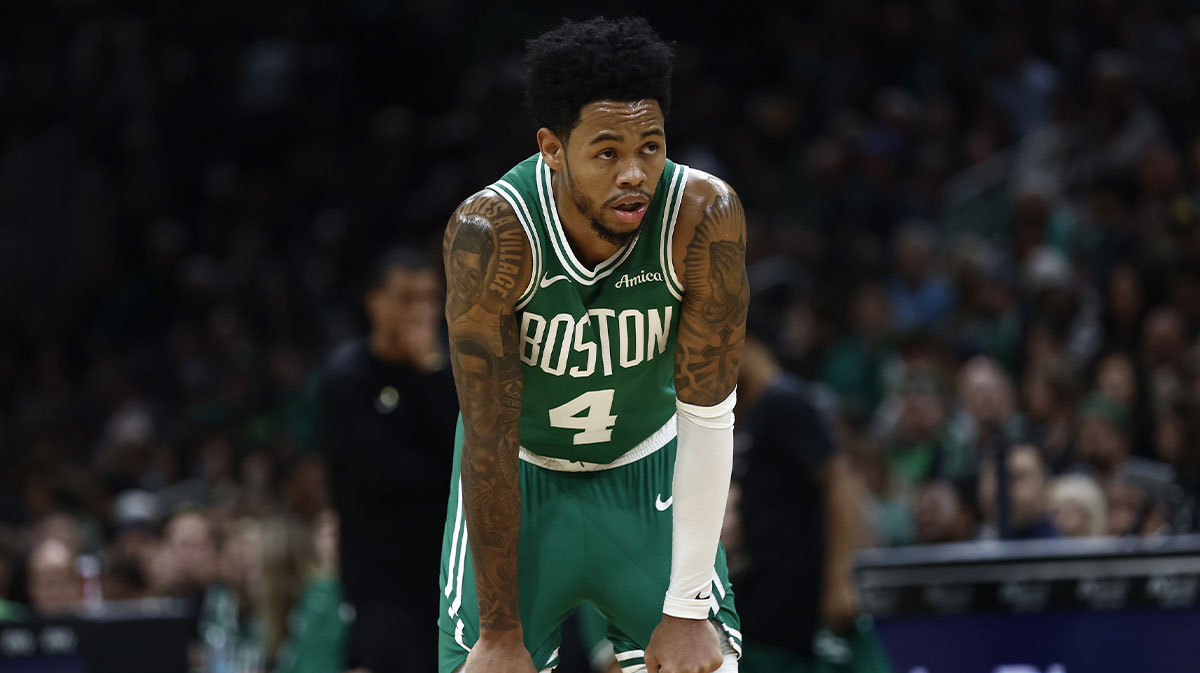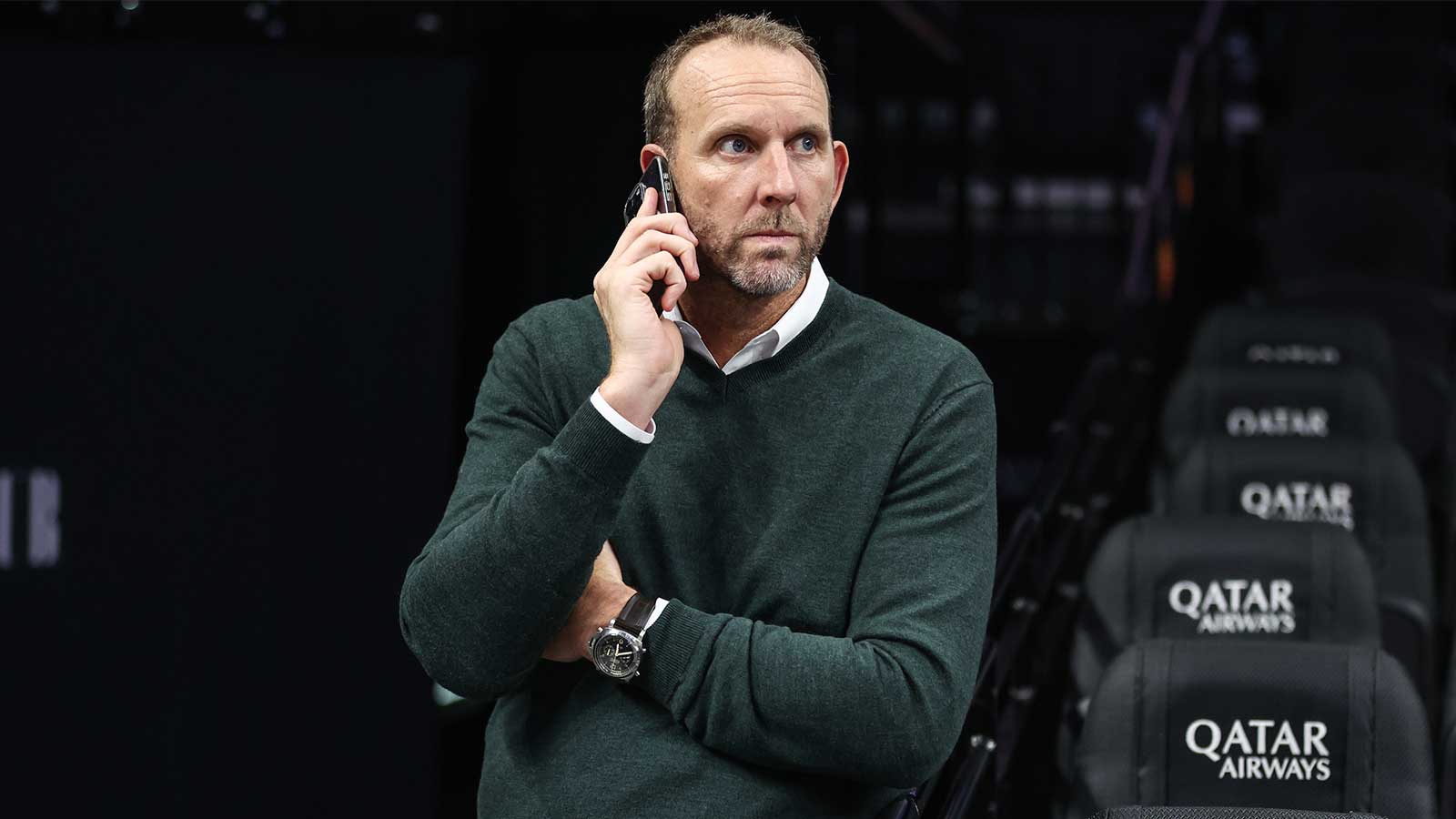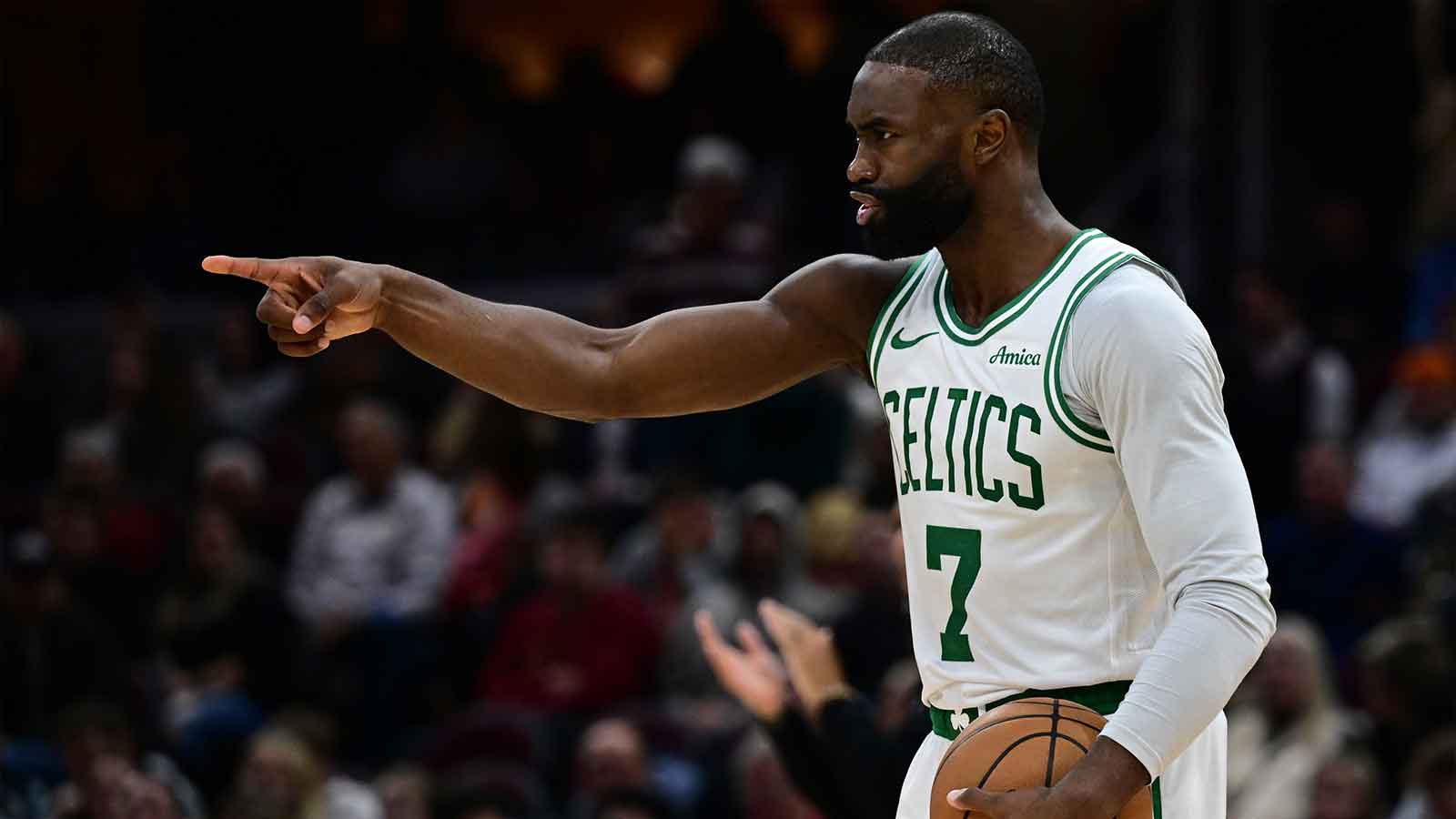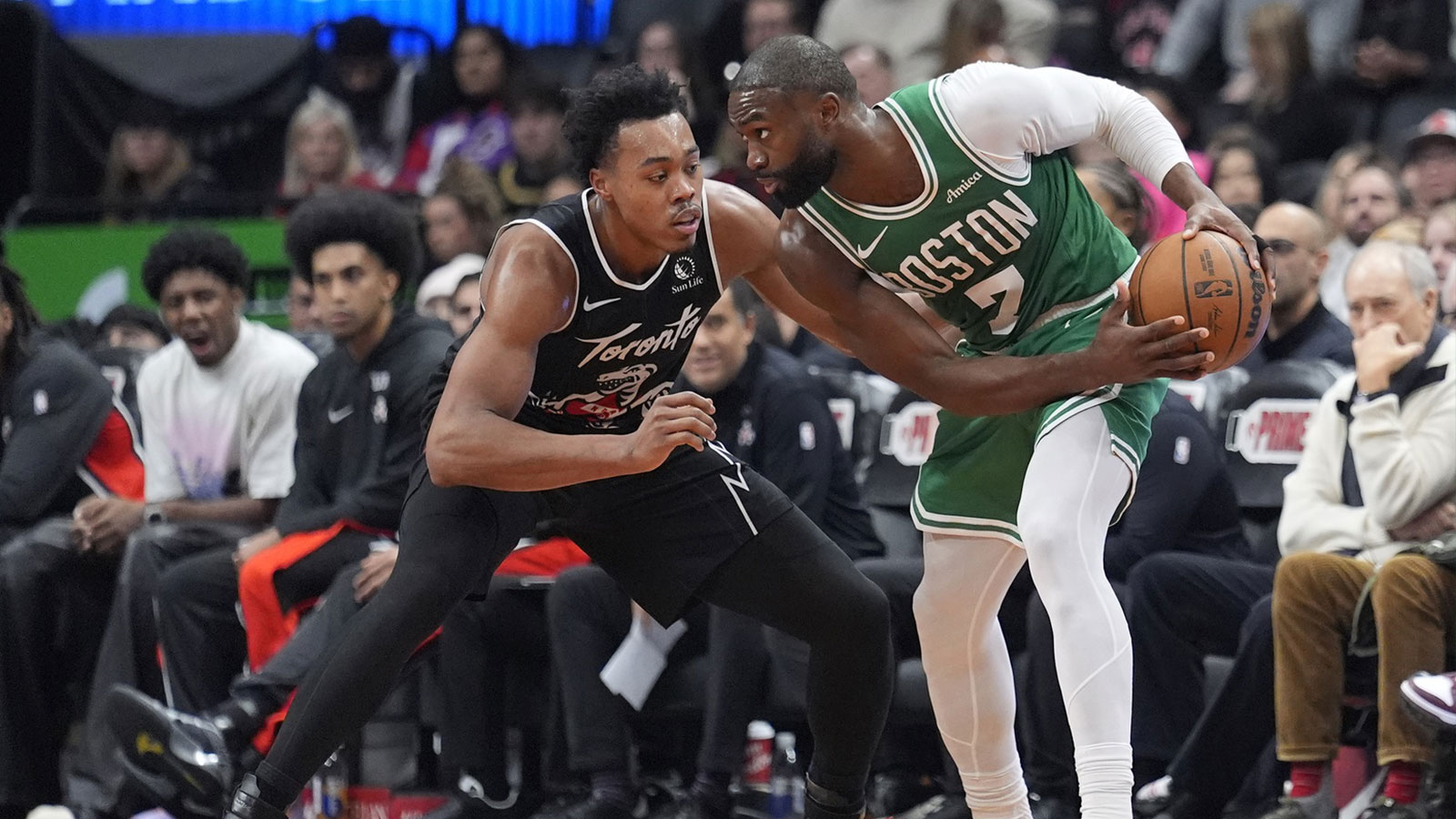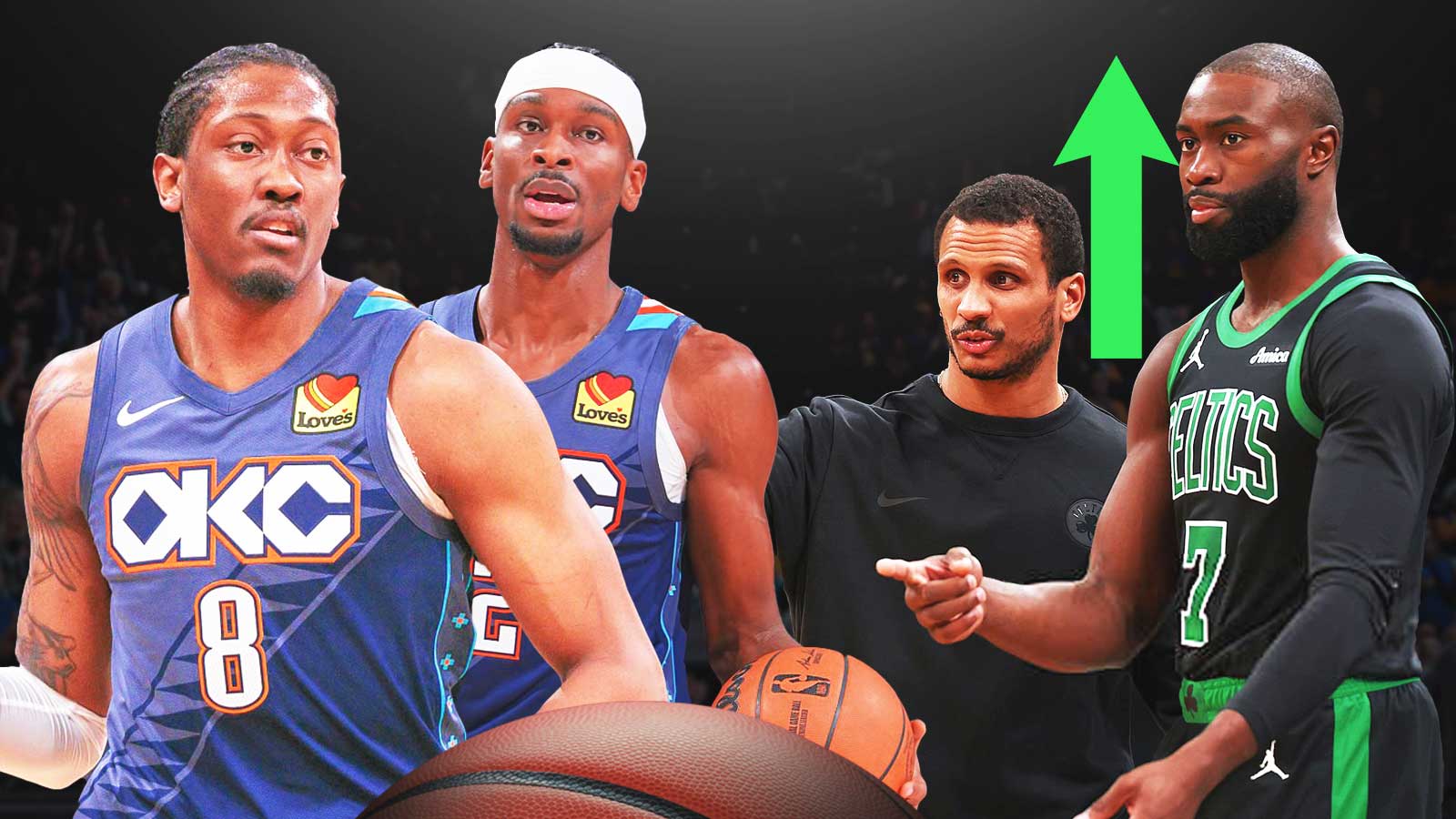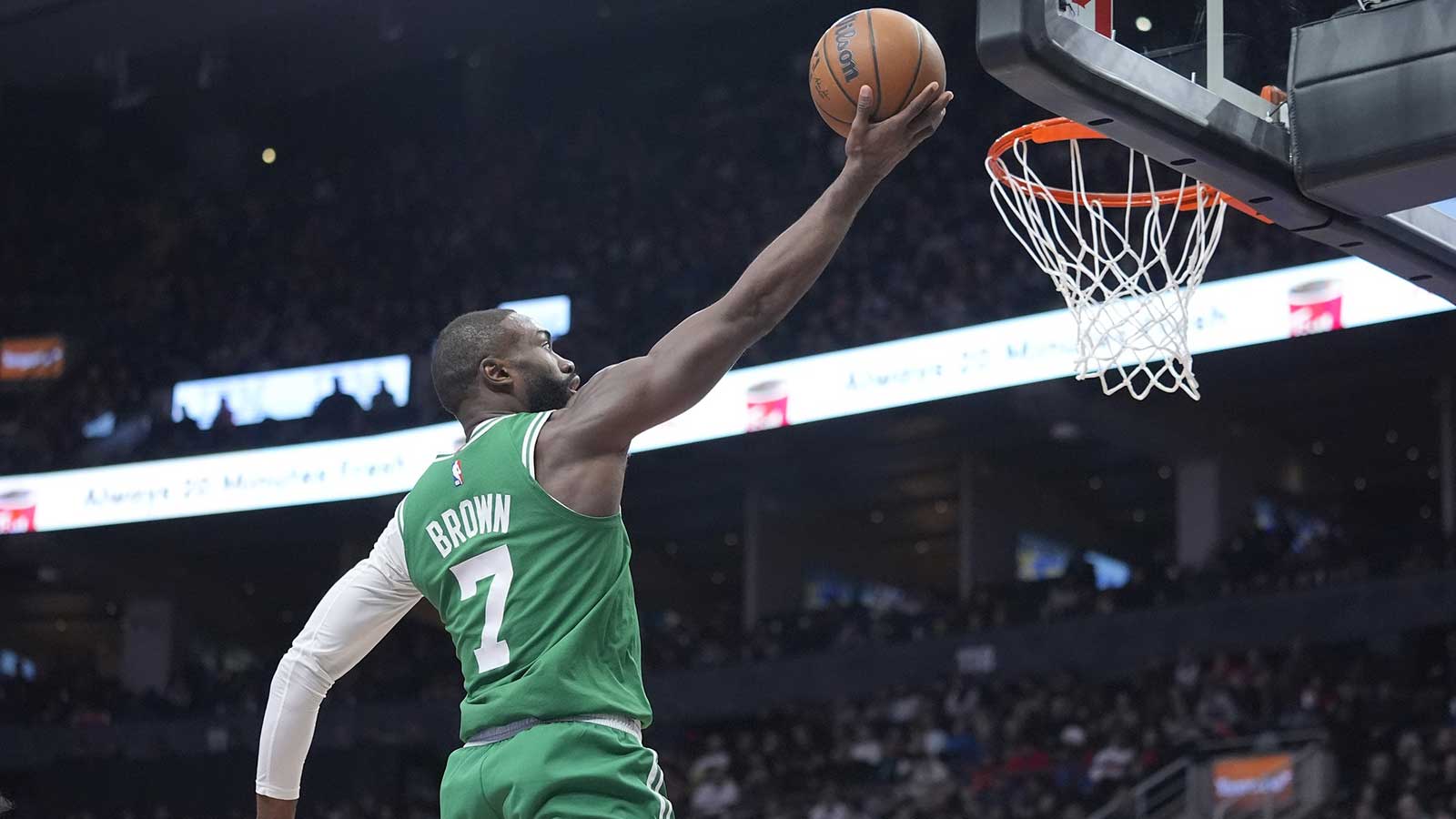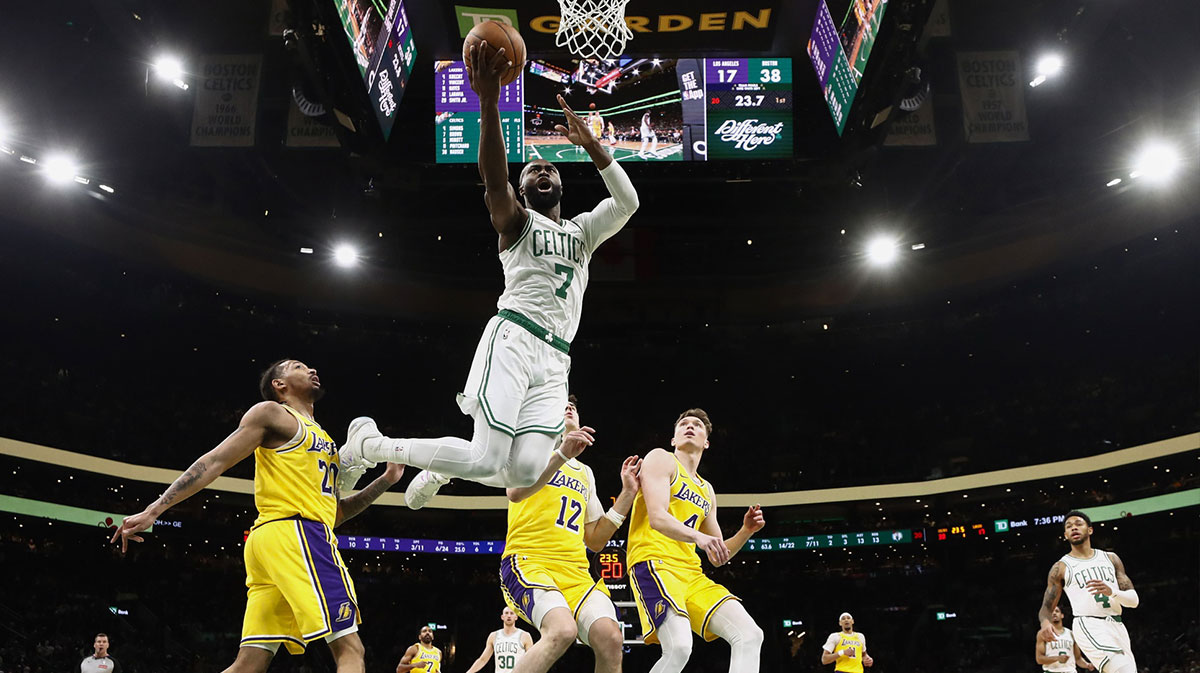The start of the second round of the 2025 NBA Playoffs has been wacky, and the Boston Celtics have contributed to a strange league-wide trend by blowing a pair of 20-point leads in Games 1 and 2 at the comforts of TD Garden against the New York Knicks, resulting in them falling in a quick 2-0 hole as the series shifts to Madison Square Garden. In the blink of an eye, Boston has gone from a title favorite to playing in a must-win Game 3.
In their first-round series against the Orlando Magic, the Celtics weren't necessarily dominant, but they did what they needed to in order to get past a young, scrappy Magic squad. Against New York, though, Boston is playing well for the first 40-42 minutes before completely wilting down the stretch. Considering what this team has accomplished over the past two seasons, it's been a stunning turn of events.
The C's now find themselves in a position that the current iteration of this team isn't familiar with after they rolled through the playoffs last year. Their backs are against the wall, but the good news is that they are still alive, and while many will say the sky is falling, despite their poor play, they have only lost these two games by a combined total of four points. The margin for error is slim, though, and if there was ever a game they needed to win, it's Game 3 on Saturday. With that in mind, let's see what this team needs to do in order to get themselves back on track before it's too late.
Celtics need to rediscover their championship pedigree

It'd be one thing if Boston was losing back-and-forth contests to New York, but that's not what is happening. They are dominating the proceedings for much of the night before taking their foot off of the gas pedal and allowing the Knicks to creep back into the game. And when it comes time to make big buckets in the fourth quarter, they simply aren't executing.
The eye-opening stat that everyone is seeing is that the Celtics have made just 25 of 100 three-point attempts in Games 1 and 2. A three-point percentage of 25% is never good, but considering how reliant Boston is on the three-ball, it's virtually a death sentence. Quite frankly, the fact that they have largely controlled Games 1 and 2 is shocking based on that stat alone.
The natural implication after seeing that is to say, “Hey, maybe don't shoot as many threes next game.” The issue with that train of thought is that the C's are getting good looks; they just aren't converting. The Knicks are stifling the Celtics by running a double-big lineup that features Mitchell Robinson anchoring the paint and Karl-Anthony Towns playing free safety at the perimeter. In this defensive configuration, New York is essentially daring Boston to shoot threes, and it's working.
It's not a surprise to see the Knicks tinkering with their defensive game plan after they lost all four of their regular season contests against the Celtics. Their two best offensive players, Towns and Jalen Brunson, walk around on defense with massive targets on their back that pretty much any player on Boston can take advantage of. With Robinson holding down the paint, though, that's giving the Knicks more freedom on the perimeter to wreak havoc, whether it be doubling ball handlers or cutting off passing lanes.
This strategy worked best for the Oklahoma City Thunder, who beat Boston in both of their regular season meetings by doing exactly what New York is doing. They would leave their own rim-protecting big man, either Isaiah Hartenstein or Chet Holmgren, in the paint, which allowed their other four players to be aggressive on the perimeter. The Celtics got open threes, but sure enough, they only hit 29 of their 109 three-point attempts in their two games against the Thunder. Those numbers sound familiar?
The easiest way to make a comeback in this series is pretty simple; Boston needs to hit their open threes. It's infuriating when they go through stretches when they don't attack the paint, but New York is playing to shut off their drives to the lane. Down the stretch of this game, the Celtics were getting open looks from behind the arc, they just weren't hitting them.
This is also where Kristaps Porzingis' strange usage presents some serious issues for Boston. Against New York, he is the team's biggest mismatch. The Knicks kryptonite is floor-spacing big men because it puts Towns in a spot where he cannot win. He either has to overcommit on the perimeter in order to shut down threes, or he has to sag off and protect the paint.
Having Robinson anchoring the paint helps, but the Celtics generally have had good enough ball movement to find open shooters. Al Horford is basically getting left on an island in the corner by himself, but he's not hitting nearly enough shots to make the Knicks worry about him. That's where Porzingis, who typically roams around the top of the key as a screener would make a difference. The offense doesn't operate the same way with Horford or Luke Kornet in the game.
If Porzingis can't contribute like expected in this series due to his mysterious illness, Boston is going to have to move the ball around better. They have 29 turnovers through two games, as the Knicks defensive trio of Josh Hart, Mikal Bridges, and OG Anunoby are torturing Jayson Tatum and Jaylen Brown by sending help on their drives to the rim. They were caught off guard by this wrinkle in Game 2; it cannot happen again in Game 3.
Head coach Joe Mazzulla has molded the Celtics into a team that should be thriving in this situation. Their opponent is daring them to shoot threes, and they are simply missing. While it may be easy to criticize his game plan, Boston is just taking what New York is giving them. If their three-point shooting regresses to the mean, they should still be able to win this series. The problem is that time is running out for them to get back on track, and another poor shooting night in Game 3 could ultimately tank their season.

